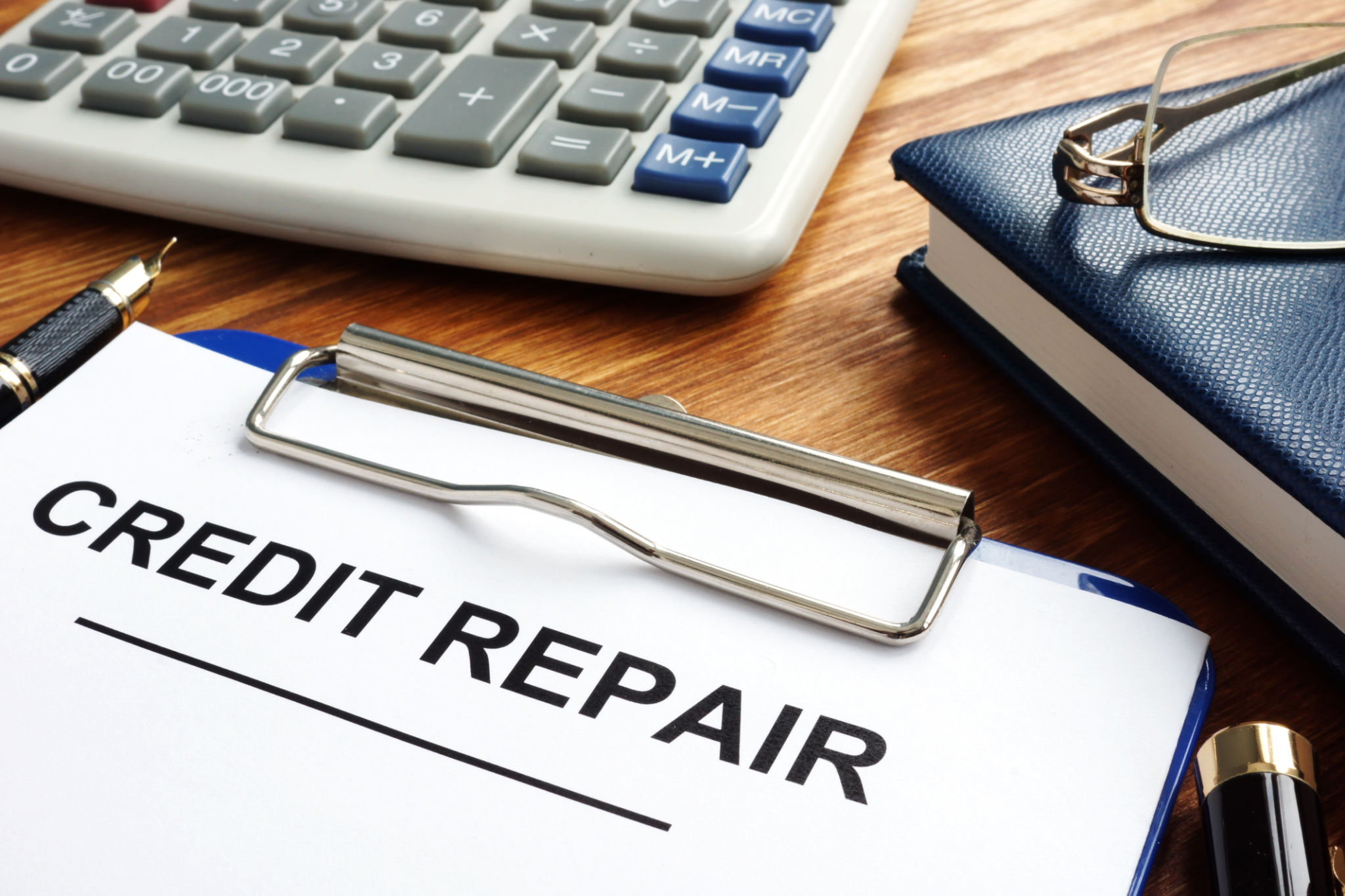Debunking Common Myths About Bankruptcy and Credit Repair
Understanding Bankruptcy and Credit Repair: Setting the Record Straight
Bankruptcy and credit repair are often misunderstood concepts, surrounded by a myriad of myths. Whether you're considering filing for bankruptcy or looking to repair your credit, it's crucial to separate fact from fiction. In this post, we aim to debunk some of the most common myths and provide you with clear, factual information.

Myth 1: Bankruptcy Will Ruin Your Financial Future
A common misconception is that declaring bankruptcy will permanently destroy your financial future. While it's true that bankruptcy has significant impacts, it is not a life sentence. In fact, bankruptcy can provide a fresh start by eliminating overwhelming debt and allowing you to rebuild your financial standing. Many people are able to recover and even improve their credit scores in the years following bankruptcy.
It's important to understand that bankruptcy remains on your credit report for 7 to 10 years. However, this doesn't mean you're unable to secure credit during that period. Many individuals find that they can start rebuilding their credit shortly after their bankruptcy case is discharged.
Myth 2: Credit Repair Is a Scam
Another pervasive myth is that all credit repair services are scams. While it's true that there are fraudulent companies in this industry, legitimate credit repair services do exist and can be beneficial. These services work by helping you dispute inaccuracies on your credit report, negotiate with creditors, and develop strategies for managing your debt.

It's crucial to conduct thorough research before choosing a credit repair service. Look for companies with clear pricing, positive reviews, and transparency about their processes. Remember, you can also take steps to repair your credit on your own by being proactive in paying bills on time and keeping credit utilization low.
Myth 3: Bankruptcy Clears All Debts
Bankruptcy is often thought of as a magic wand that wipes out all debts, but this is not entirely accurate. While bankruptcy can discharge many types of unsecured debts, such as credit card debt and medical bills, certain obligations are not typically eliminated. These include student loans, child support, and certain tax debts.
Understanding the specifics of what debts can be discharged through bankruptcy is essential. Consulting with a legal professional who specializes in bankruptcy can provide clarity on which debts will remain post-bankruptcy and how they will be managed.

Myth 4: You Can Repair Your Credit Quickly
Credit repair is often thought of as a quick fix, but the reality is that rebuilding your credit takes time. There are no shortcuts to improving your credit score significantly; it requires consistent effort and responsible financial behavior over time.
Paying bills on time, reducing debt levels, and avoiding new hard inquiries on your credit report are all steps that contribute to long-term credit improvement. Patience and persistence are key elements in successfully repairing your credit.
Conclusion: Making Informed Decisions
Understanding the realities of bankruptcy and credit repair empowers you to make informed decisions about your financial future. By debunking these common myths, you can approach these processes with clarity and confidence.
Whether you're considering bankruptcy or seeking to repair your credit, remember that each financial situation is unique. Seeking advice from financial professionals and educating yourself about your options can pave the way for a more secure financial future.
